44 what do you label density
Density Formula - How To Calculate Density - The Calculator Site The formula for calculating density is p = m/V, where p is the density, m is the mass and V is the volume. Density (p) is equal to mass (m) divided by volume (V). As there are three elements to the formula, it can be expressed in other ways depending on which element you want to calculate. What Do You Know About The High-density Heat Transfer Label? The high-density heat transfer label can be widely used on the garments, shoes, hats, gloves, bags and etc. Actually, in many sporty leisurewear, designers apply this kind of heat transfer labels....
python - how to put label in dataframe in Density plotting in ... 1 Answer. The following code creates a density histogram. The total area sums to 1, supposing each of the timestamps counts as 1 unit. To get the timestamps as x-axis, they are set as the index. To get the total area to sum to 1, all count values are divided by their total sum. A kde a calculated from the same data.

What do you label density
Density Calculator Density Calculator. Please provide any two values to the fields below to calculate the third value in the density equation of. . The density of a material, typically denoted using the Greek symbol ρ, is defined as its mass per unit volume. The calculation of density is quite straightforward. How to Determine Nutrient Density: 11 Steps (with Pictures) One of the more common means of measuring nutrient density is Dr. Joel Fuhrman's nutrient density scale, which divides the nutrients in a food by its calories, and produces a value from 1-1,000 (indicating low to high nutrient density) on the Aggregate Nutrient Density Index (ANDI). density | Definition, Symbol, Units, Formula, & Facts | Britannica density, mass of a unit volume of a material substance. The formula for density is d = M / V, where d is density, M is mass, and V is volume. Density is commonly expressed in units of grams per cubic centimetre. For example, the density of water is 1 gram per cubic centimetre, and Earth 's density is 5.51 grams per cubic centimetre.
What do you label density. What is Density? Formula, Calculation, Definition, and Examples o Density is a physical property that is defined as mass divided by its volume. o Everything around us has mass, it is a fundamental property and plays a role in two other important properties which are volume and density. o The SI unit of mass is kilograms or grams and it is a measure of the amount of matter present in an object. The Density of Liquids - American Chemical Society The density of a liquid is a measure of how heavy it is for the amount measured. If you weigh equal amounts or volumes of two different liquids, the liquid that weighs more is more dense. If a liquid that is less dense than water is gently added to the surface of the water, it will float on the water. How do I Calculate Density? - Calculating Density Density is the mass of an object divided by its volume. Density often has units of grams per cubic centimeter (g/cm 3 ). Remember, grams is a mass and cubic centimeters is a volume (the same volume as 1 milliliter). A box with more particles in it will be more dense than the same box with fewer particles Show credits statistics - What is the 'y' axis in normal distribution? - Mathematics ... Under any normal density curve, the area between μ ± σ is about 68% of the entire area. (As the horizontal scale, indicated by σ, increases, the height of the curve decreases.) For the standard normal distribution the interval μ ± σ has length 2 and the distribution reaches a maximum height of about 0.4. In N o r m ( μ = 500, σ = 100 ...
How to Calculate Density - Worked Example Problem density = mass/volume density = 275 g/250 mL density = 1.1 g/mL Answer 2: The salt water has a density of 1.1 grams/mL. Finding Volume by Displacement If you're given a regular solid object, you can measure its dimensions and calculate its volume. Unfortunately, the volume of few objects in the real world can be measured this easily! How to find the density of a liquid - Edinformatics It's used to measure the ratio (called specific gravity) of the density of a liquid grape to that of pure water. A hydrometer is basically a sealed tube which is narrow at the top and is weighted with a dense material such as lead at the bottom. You may have seen one in a salt-water fish aquarium. What are Density Curves? (Explanation & Examples) - Statology 1. A density curve gives us a good idea of the "shape" of a distribution, including whether or not a distribution has one or more "peaks" of frequently occurring values and whether or not the distribution is skewed to the left or the right. 2. A density curve lets us visually see where the mean and the median of a distribution are located. 3. EOF
What is the label for density? - Answers Whats a density label? grams per liter or grams per milliliter/centimeters cubed (mL = cm3) g/L or g/mL or g/cn3. This label is used to reflect that density is a measure of both mass and volume in... How Would You Label a High Density Fiber Panel? - Networking High density is a challenge due to lack of space - typically only use for many links to the same destination. e.g. one high density 24 pair to 12 different buildings - bad. 24 pair split to 12 pair to cab A and 12 to ab B - easy just label first half and second half of connections with the destination. How to Calculate Nutrient Density | livestrong Step 3. Divide the number you got using the RDA calculation by the number you got in the calorie calculation. So you will take the 0.1968 and divide it by the 0.0486 to get an answer that roughly equals four. If the food is between two and six, it is considered a good source for that nutrient, or to have good nutrient density under the INQ ... labeling - Managing label spacing/density in QGIS? - Geographic ... 4. Here are a few indications that could help : In the Layer properties select the Label Tab. In the Rendering subpage (rendu in french) on the right you can param a few things. For example, limit the amount of Labels to be printed or merge connected line labels. The placement of labels can be customized under the Placement (Emplacement) subpage.
density | Definition, Symbol, Units, Formula, & Facts | Britannica density, mass of a unit volume of a material substance. The formula for density is d = M / V, where d is density, M is mass, and V is volume. Density is commonly expressed in units of grams per cubic centimetre. For example, the density of water is 1 gram per cubic centimetre, and Earth 's density is 5.51 grams per cubic centimetre.
How to Determine Nutrient Density: 11 Steps (with Pictures) One of the more common means of measuring nutrient density is Dr. Joel Fuhrman's nutrient density scale, which divides the nutrients in a food by its calories, and produces a value from 1-1,000 (indicating low to high nutrient density) on the Aggregate Nutrient Density Index (ANDI).
Density Calculator Density Calculator. Please provide any two values to the fields below to calculate the third value in the density equation of. . The density of a material, typically denoted using the Greek symbol ρ, is defined as its mass per unit volume. The calculation of density is quite straightforward.
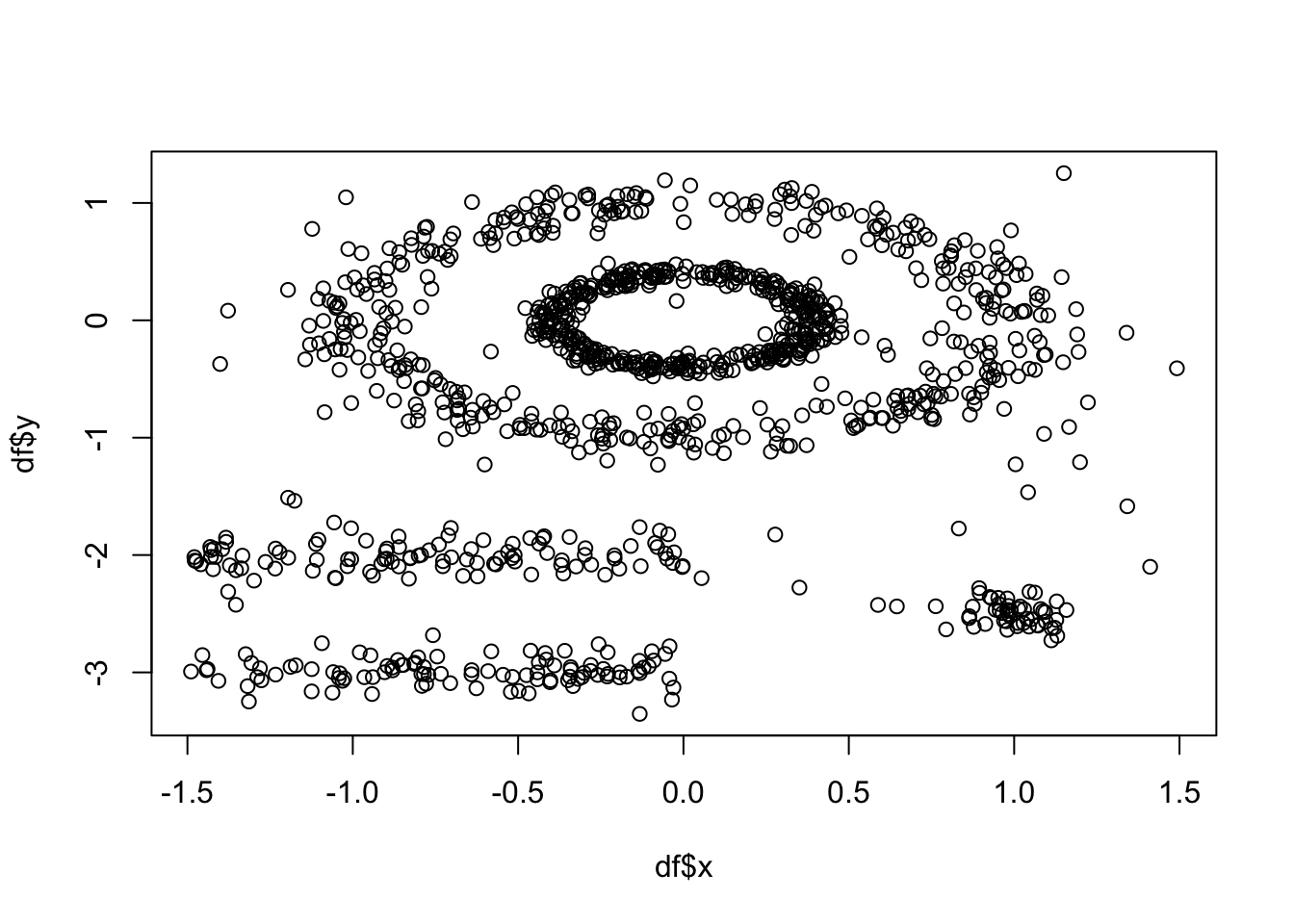


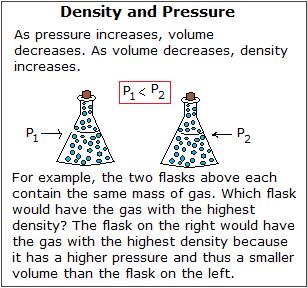
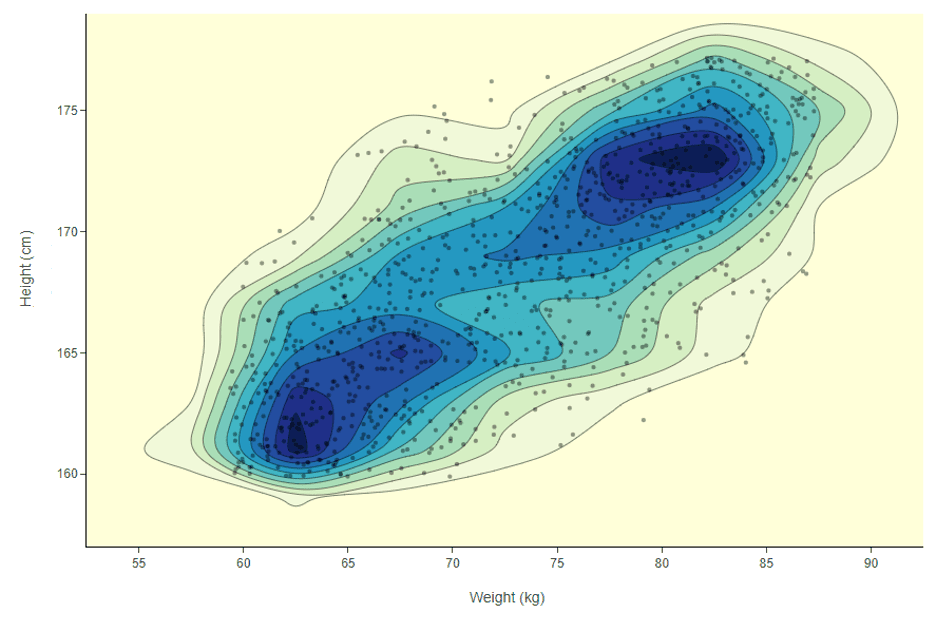



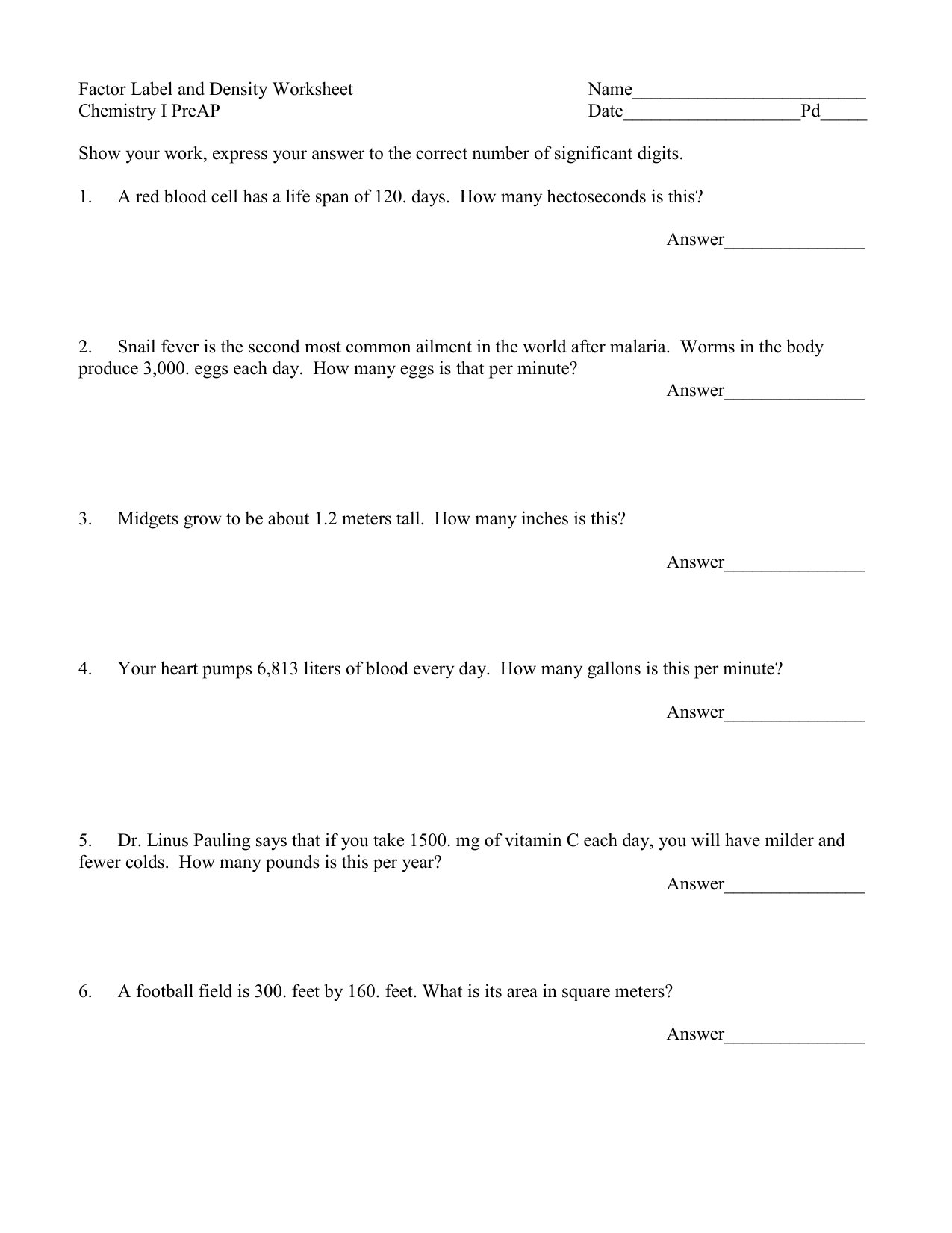



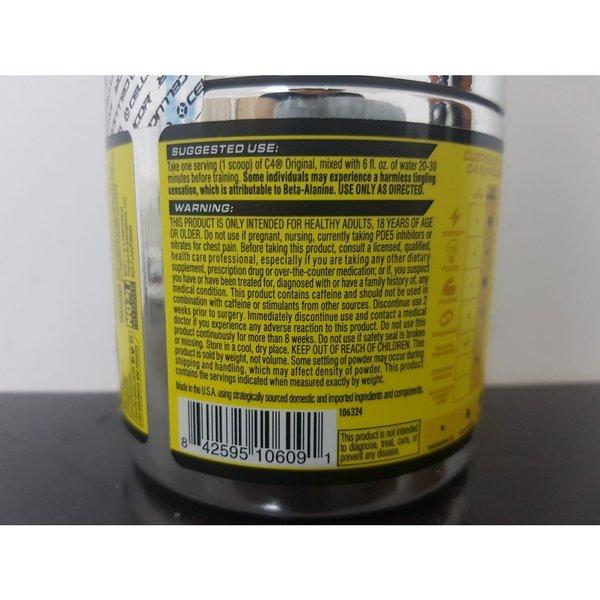


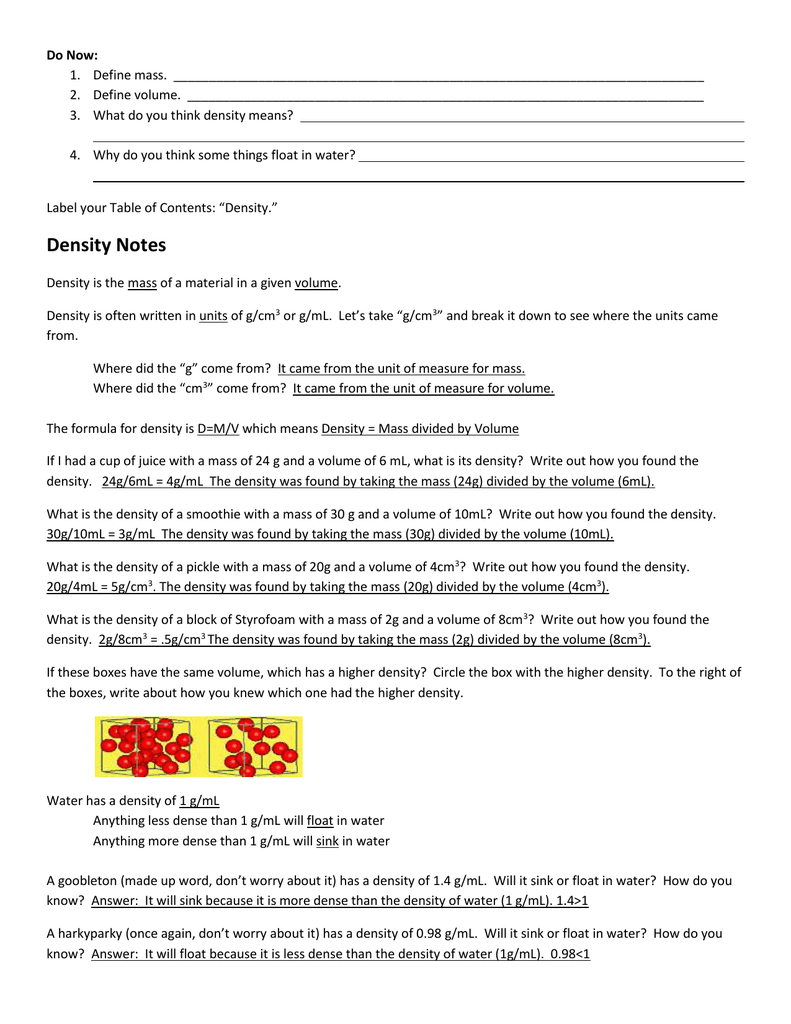
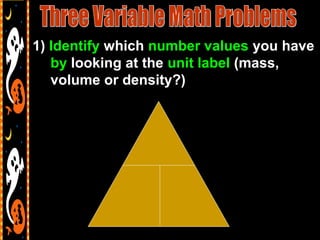
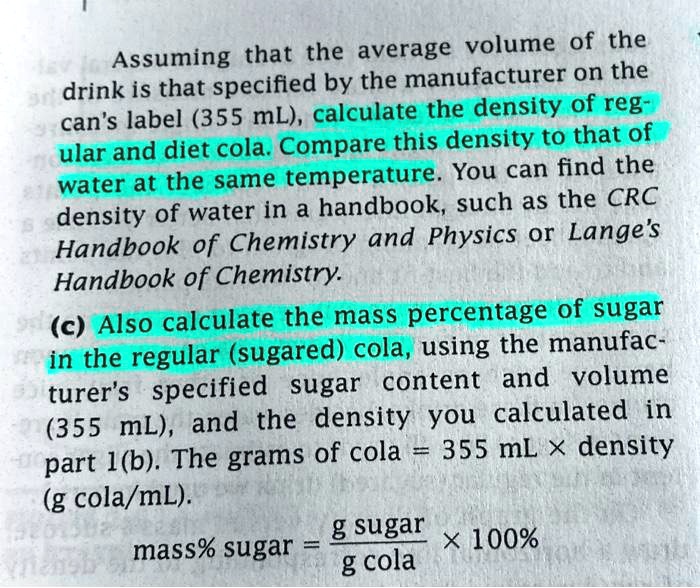
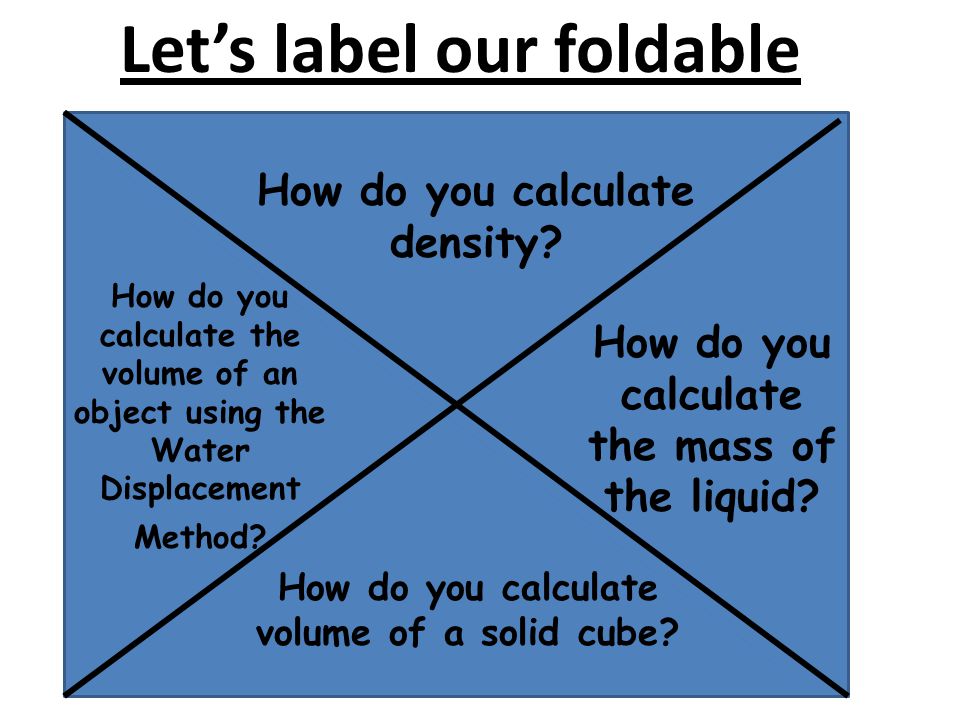
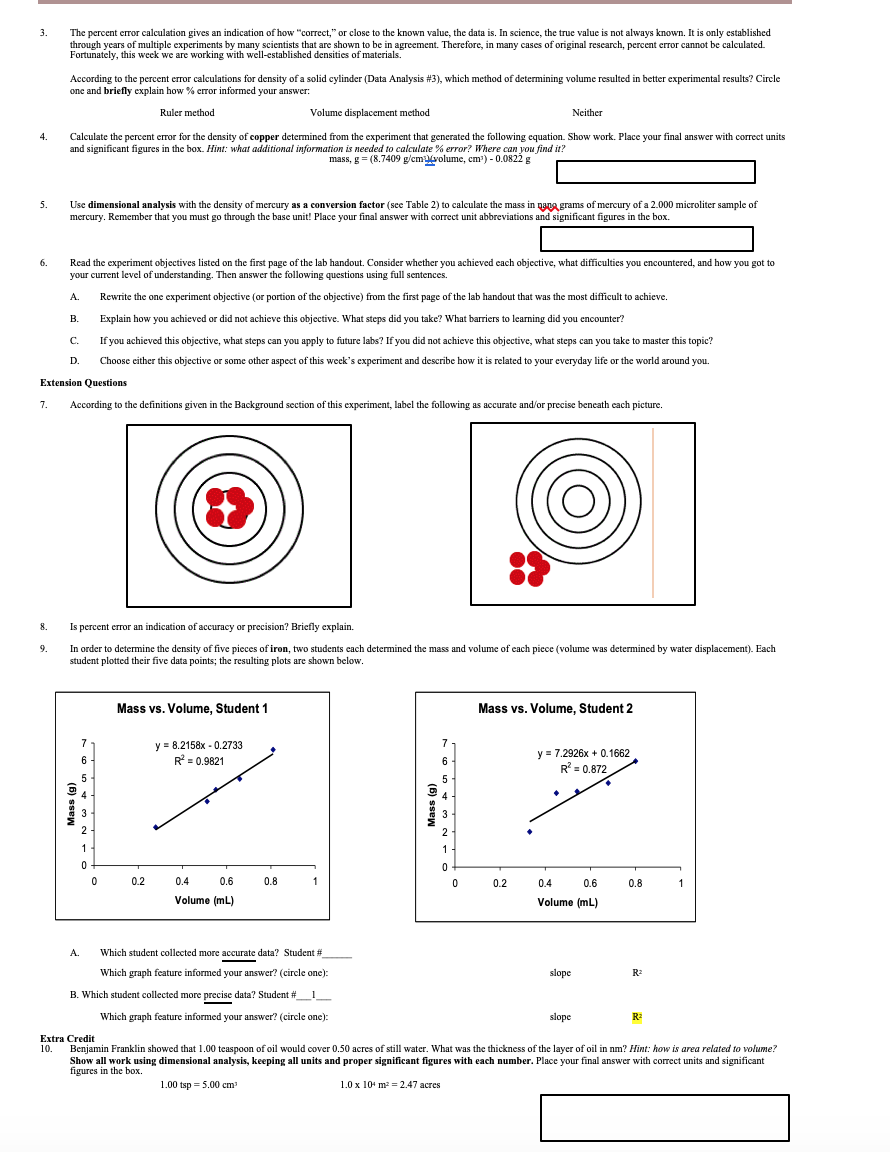
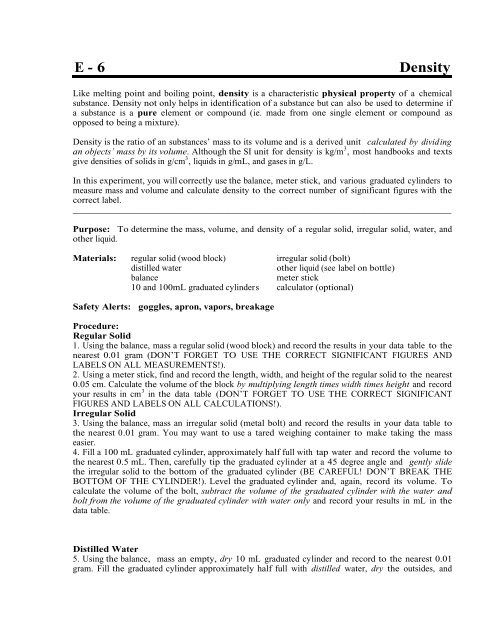





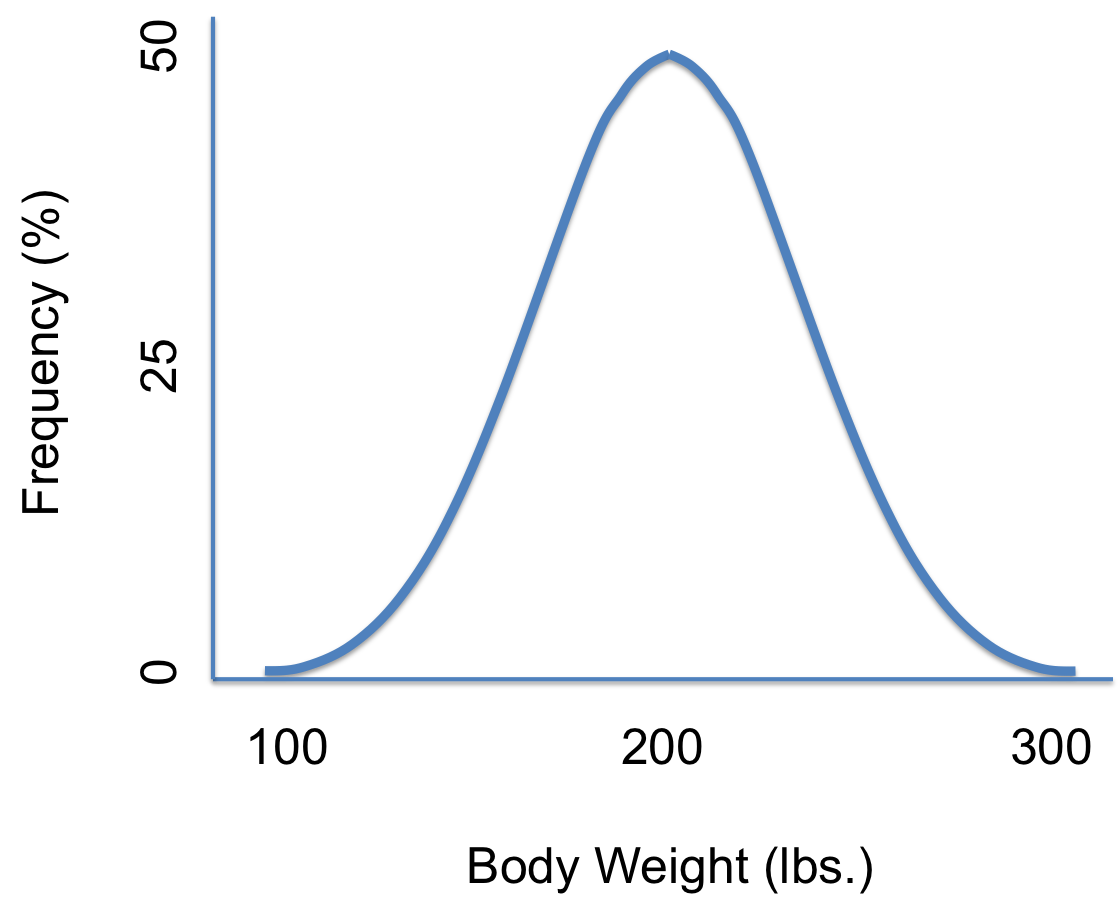

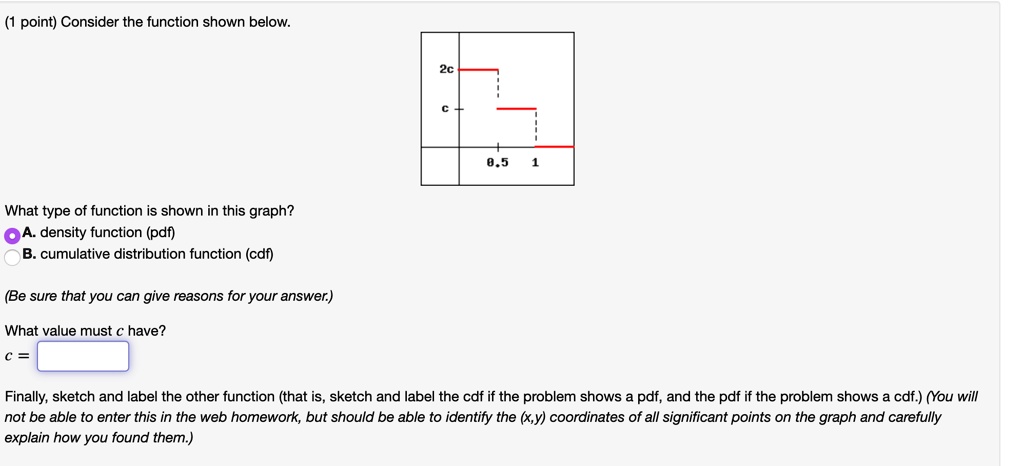

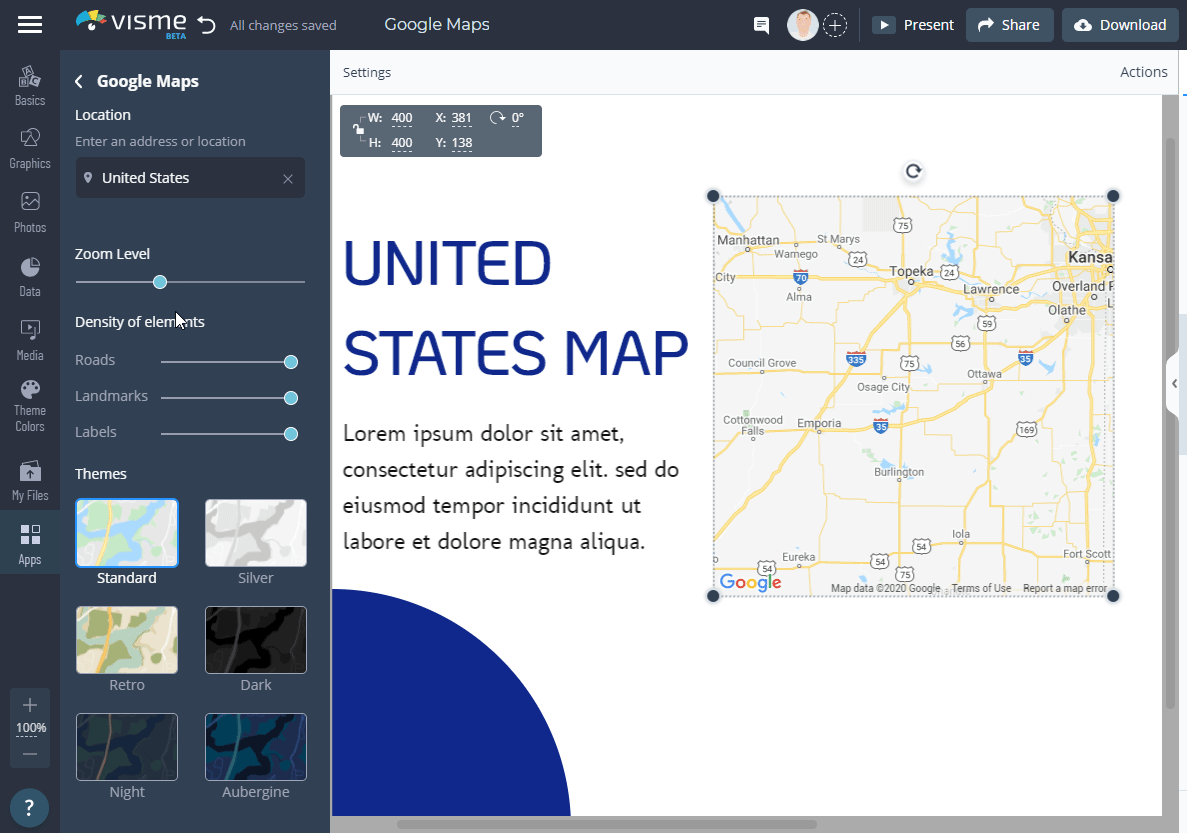
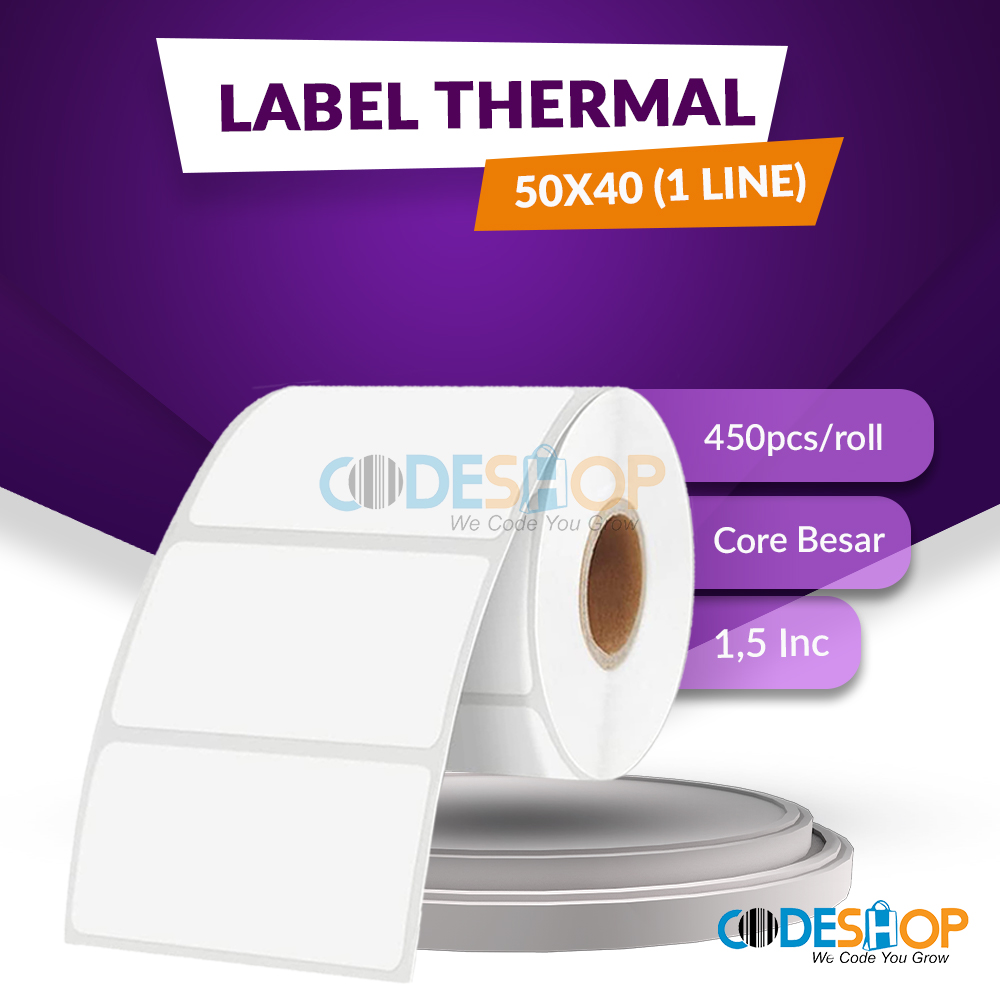
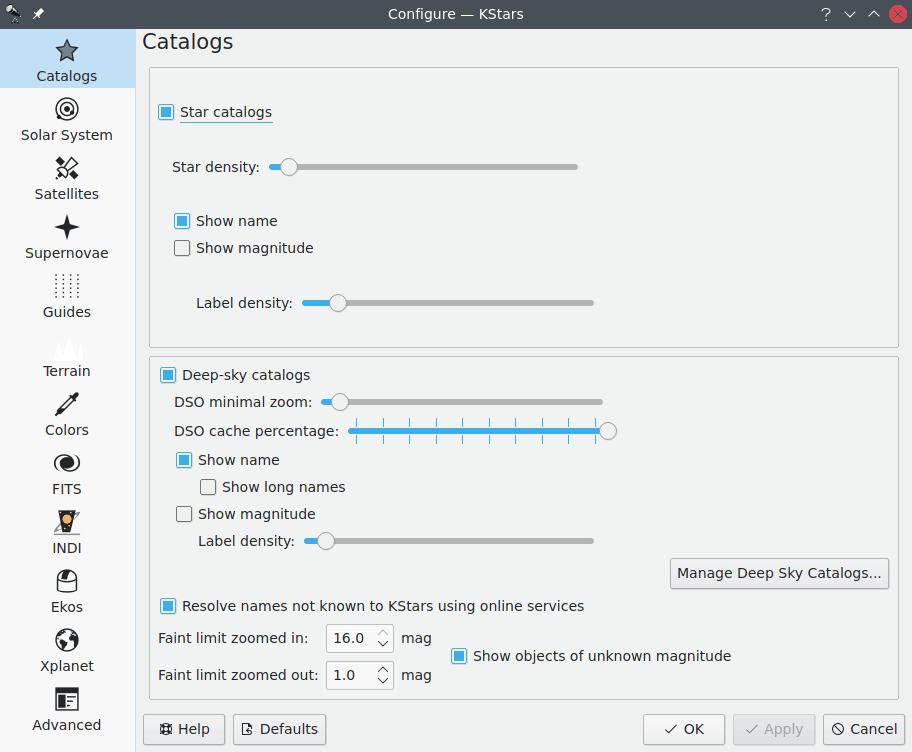

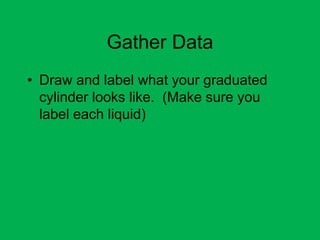

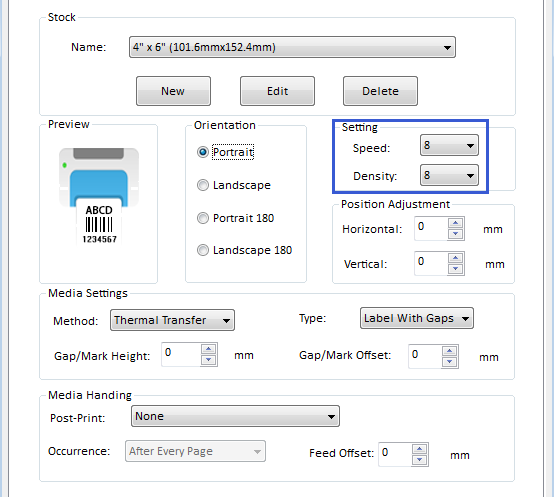


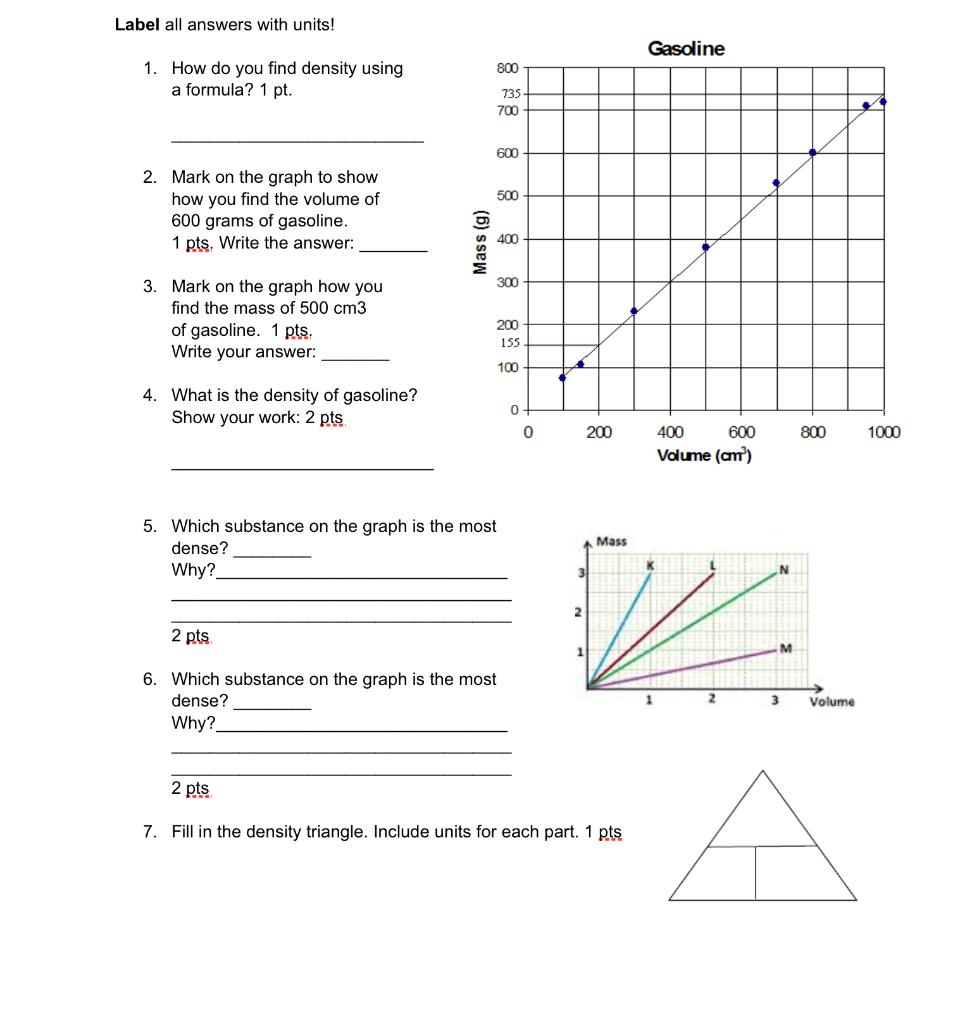
Post a Comment for "44 what do you label density"